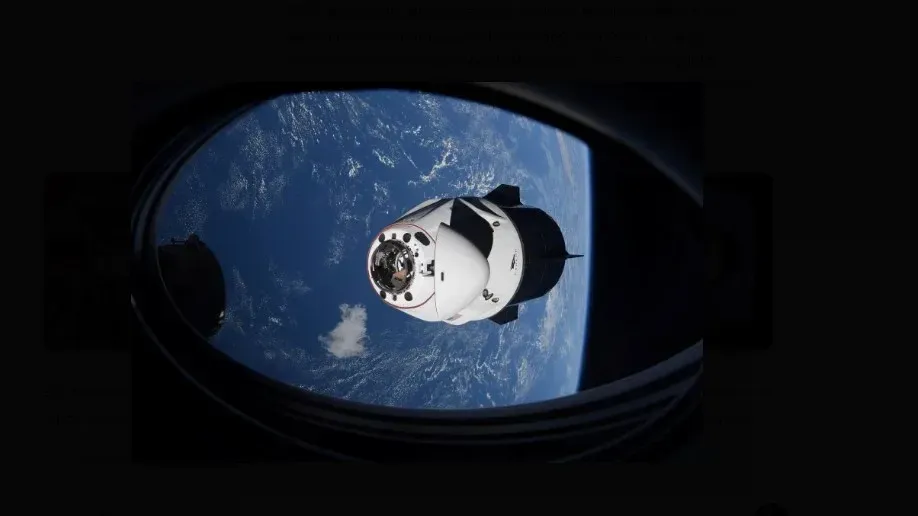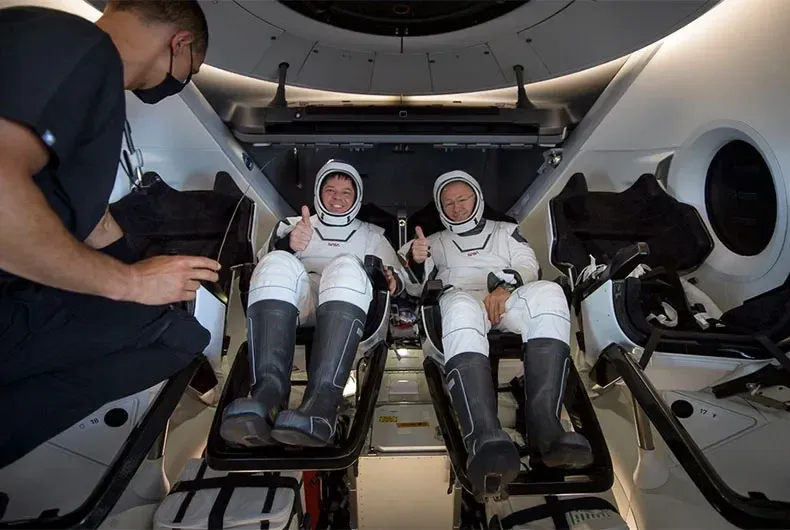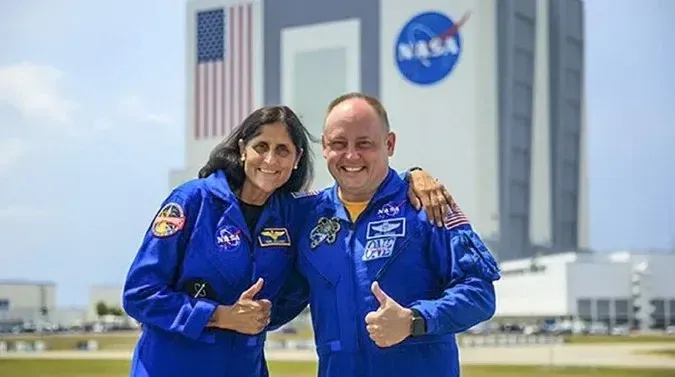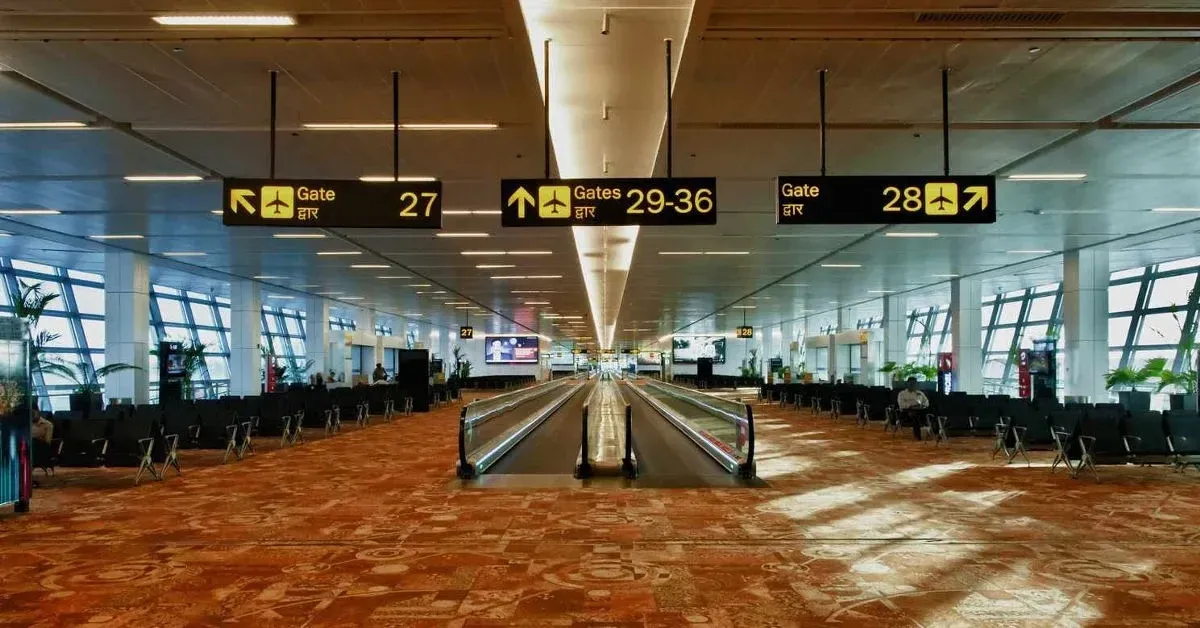After an unplanned 9-month stay on the ISS, NASA astronauts Butch Wilmore and Suni Williams safely return to Earth aboard SpaceX’s Crew Dragon.
In an extraordinary journey that underscores the unpredictability of space exploration, NASA astronauts Butch Wilmore and Suni Williams have safely returned to Earth after an unplanned nine-month mission aboard the International Space Station (ISS). Their mission, initially slated for just over a week, transformed into an extended stay due to unforeseen spacecraft issues, highlighting both the challenges and resilience inherent in human spaceflight.
The Mission That Defied Expectations
Wilmore and Williams embarked on their mission in June 2024 aboard Boeing’s Starliner spacecraft. The plan was straightforward: a brief test flight lasting approximately eight days to evaluate the Starliner’s performance. However, shortly after docking with the ISS, technical complications with the Starliner emerged, rendering it unfit for the return journey. This development necessitated an unexpected extension of their stay aboard the orbital laboratory.
During this prolonged period, the astronauts seamlessly integrated into the ISS crew, participating in a myriad of scientific experiments and conducting essential maintenance tasks. Their adaptability not only ensured the continuation of vital research but also exemplified the preparedness and versatility required of astronauts facing unforeseen circumstances.
The Role of SpaceX’s Crew Dragon in Their Return
With the Starliner grounded, NASA turned to its commercial partner, SpaceX, to facilitate the astronauts’ return. The Crew Dragon capsule, aptly named “Freedom,” was designated for this critical task. On March 18, 2025, at precisely 1:05 a.m. ET, Freedom undocked from the ISS, initiating the journey back to Earth. After a 17-hour transit, the capsule re-entered Earth’s atmosphere, enduring extreme temperatures before deploying its parachutes and executing a flawless splashdown off the coast of Florida at 5:57 p.m. ET.
The successful return not only marked a significant achievement for SpaceX but also underscored the importance of having multiple reliable avenues for crew transport. This redundancy is crucial for maintaining the safety and flexibility of human spaceflight missions.

Political and Public Reactions
The extended mission did not go unnoticed in political and public spheres. Former President Donald Trump and SpaceX CEO Elon Musk publicly expressed concerns over the delay, with Musk attributing the prolonged stay to political reasons. NASA officials, however, maintained that the decision was based on technical evaluations and scheduling considerations, emphasizing that crew safety remained the paramount concern.
Public interest in the mission was substantial, with many following the astronauts’ journey closely. The safe return of Wilmore and Williams alleviated widespread concerns and highlighted the effectiveness of contingency planning in space missions.
Reflections from the Astronauts
Upon their return, both astronauts shared insights into their unexpected journey. Suni Williams expressed gratitude for the support received during their extended mission, stating, “We came prepared to stay long, even though we planned to stay short.” Butch Wilmore echoed similar sentiments, emphasizing the importance of adaptability and teamwork in overcoming the challenges they faced.
Their experiences provide valuable data on the physical and psychological impacts of prolonged spaceflight, contributing to preparations for future long-duration missions, such as those to Mars.
The Road Ahead for Boeing’s Starliner
The technical issues that led to the mission’s extension have prompted a thorough review of Boeing’s Starliner program. NASA and Boeing are collaborating to address and rectify the identified problems to ensure the spacecraft’s reliability for future missions. This incident serves as a reminder of the complexities involved in developing and operating new spacecraft and the necessity for rigorous testing and validation.
Health Implications of Extended Spaceflight
Spending an extended period in microgravity poses significant challenges to the human body. During their nine-month stay aboard the ISS, Wilmore and Williams were subjects of various studies aimed at understanding these impacts. One notable observation was the appearance of white hair growth on Williams’ scalp, a phenomenon attributed to the stress and physiological changes induced by prolonged space habitation.
Beyond visible changes, astronauts often experience bone density loss, muscle atrophy, and alterations in cardiovascular function due to the absence of gravitational forces. To mitigate these effects, the ISS is equipped with specialized exercise equipment, and crew members adhere to rigorous daily workout regimens. Despite these precautions, some degree of physiological change is inevitable, necessitating comprehensive rehabilitation programs upon return to Earth.
Understanding these health implications is crucial as space agencies worldwide set their sights on longer missions, including potential journeys to Mars. The data collected from Wilmore and Williams’ extended mission will inform strategies to safeguard astronaut health on future deep-space expeditions.

Scientific Contributions During the Extended Mission
The unexpected extension of their mission provided Wilmore and Williams with additional opportunities to contribute to scientific research aboard the ISS. Throughout their 286-day stay, they participated in approximately 150 experiments across various disciplines, including biology, physics, and materials science.
One significant area of research involved studying the effects of microgravity on plant growth. Understanding how plants adapt to space environments is vital for developing sustainable life support systems for future long-duration missions. The astronauts also conducted experiments related to fluid dynamics, which have applications in improving medical devices and industrial processes on Earth.
Additionally, they tested new technologies designed to enhance life aboard the ISS and support future exploration missions. These included water purification systems and advanced habitat modules, both critical components for ensuring the safety and well-being of astronauts venturing deeper into space.
Psychological Aspects of Prolonged Space Missions
Extended missions in the isolated






